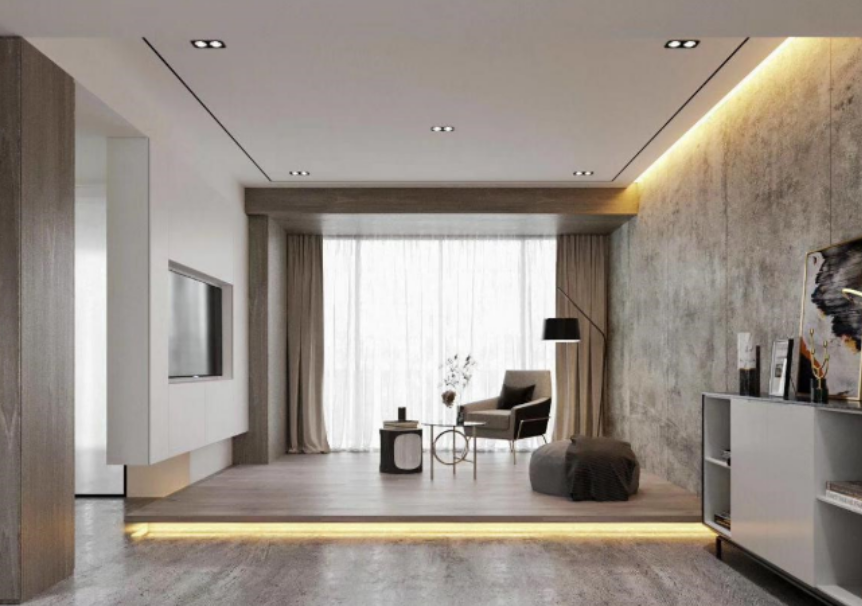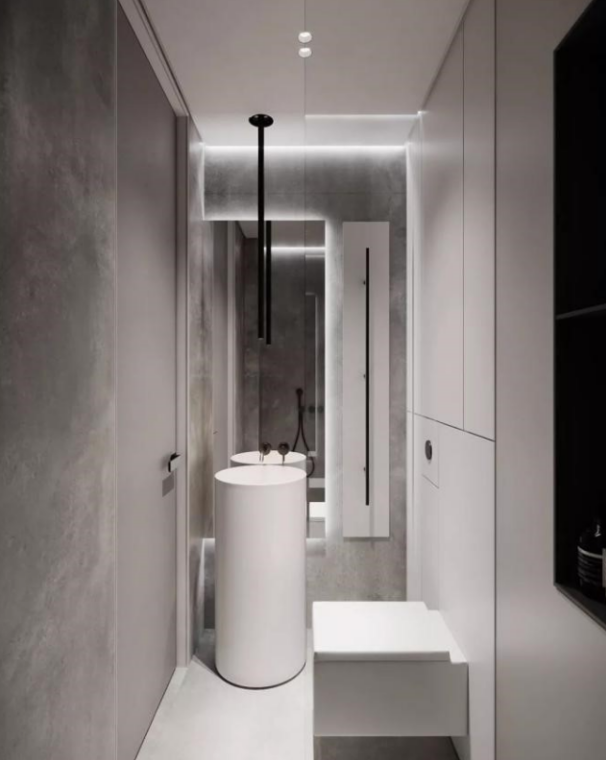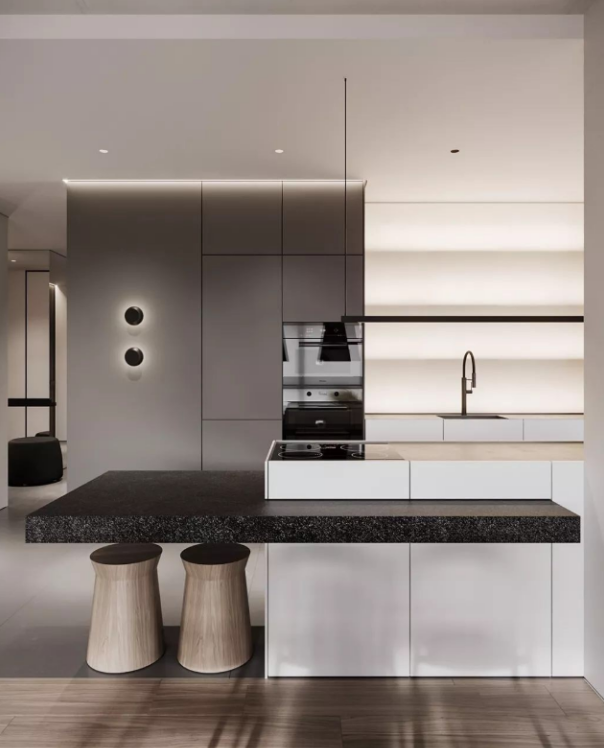How to Choose the Right Color Temperature?
2020/12/06
Color temperature is the visual appearance of color of the light, often labeled cool or warm. We use two scales to characterize white light.

Color Rending Index (CRI)
A quantitative measure of the ability of a light source to reveal the colors of various objects accurately in comparison with an ideal light source. The higher the CRI (1 to 100), the better the color rendering, given the color temperature of the lamp.

Think of CRI as how well the light will interpret the true color of an item. 100 is the top "score and would represent what you would see in daytime sunlight.
Think about looking at paint chips in a store versus the parking lot, colors may appear different. Or consider Instagram, have you ever tried a filter that adjusts the color of the meal on your plate, or your hair color? The filter may be adjusting the CRI as part of it's edits.
Correlated Color Temperature (CCT)
CCT is the appearance of white light, in terms of warmth or coolness. A warm color corresponds to a lower CCT, while cool colors are associated with a higher CCT.
2700K – 3000K – This is the warm or soft white range, best suited for areas in the home where you want to relax or entertain.
3500K – 4500K – This is more a neutral white light range, giving a balance between warm and soft color light.

Over 5000K – Generally referred to as daylight and best suited for use in offices, workshops, bathrooms or other areas where high detail visibility is important. It can also help energize you in the morning.

Some people will also just have a preference for a certain color temperature or mood. You may even notice a color temperature will look better on your particular skin tone. The good news is there are options for everyone.
Tip: Using the same color temperature lights throughout a room will give a clean even feel to the space.

